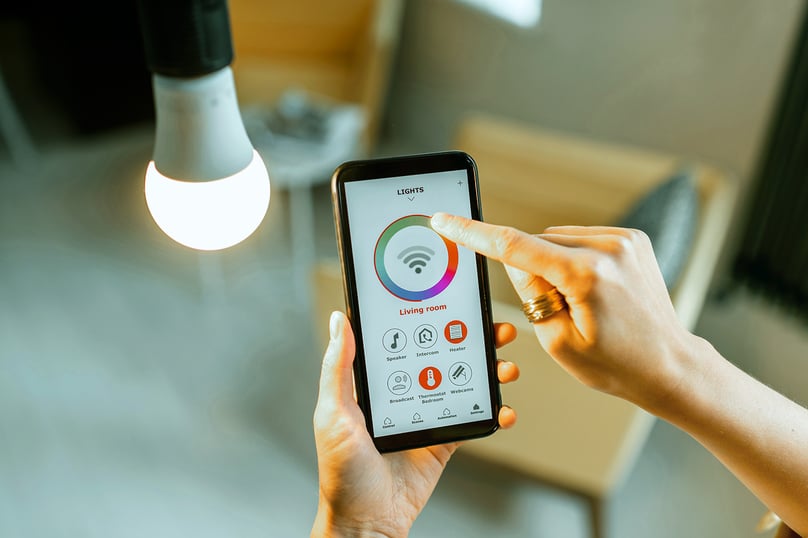The dos and don’ts of proactive support for smart home brands

Typically, support organizations focus on resolving an issue when it happens. This approach, while effective, leaves support teams at the whims of your customers—and depending on how support agents resolve issues, can create problems for your business’ perception.
If support teams could resolve issues proactively instead, it would mean they could avoid issues connecting and setting up smart home devices that cause unhappy customers, unnecessary returns, and poor perception. They could even start to focus on ways to reduce expenses in other areas.
But a proactive approach is problematic for smart home support because it depends so heavily on your customers and their ability to understand their devices. This means that any proactive approach requires your support team to help build customers’ ability to self-resolve WiFi connectivity issues.
To do that, here’s what you should—and shouldn’t—do.
Do…inform them.
Consumers don’t understand their networks—and unless you speak in their terms, that’s not going to change. It’s important to recognize that it’s not even always an issue of the customer not understanding a particular device. As one ISP CEO pointed out, they often don’t realize they have two bandwidths on their WiFi, let alone what the difference is.
This can create issues for two key reasons. One, they’re having problems with their device and don’t know why, so when they call your support team, the receiving agent will need to be ready to educate the customer. Two, it’s not uncommon for customers to think the problem is with their ISP, so they’ll call the ISP for help and may hear that they need to call you instead—so by the time they call you, they’re already more frustrated with the situation than they needed to be.
What to do: To get the snowball rolling, create ways to inform consumers of what they need to know about their devices. It could take the form of additional details on packaging, FAQs, emails, you name it—anything that helps get the word out there.
For example, many smart home brands, such as Owlet, Wyze, and Rachio, have taken to creating comprehensive help centers featuring articles, quick start guides, and more to help consumers learn how to set up and troubleshoot their devices.
Don’t…overwhelm them.
Once you know how you’re going to distribute your consumer resources, it’s important to go back to one key point in the previous section: that unless you speak in their terms, consumers won’t understand their networks or how their devices interact with those networks.
This means that any resources you make available for consumers to help them understand their networks need to make sense. Overly technical resources, especially ones that use any industry-specific shorthand or abbreviations, will overwhelm and frustrate customers. Make sure your resources are detailed but clear, and are targeted to help customers understand rather than simply go through long lists of troubleshooting steps.
“For smart home brands, good self-resolution is all about the customer experience; the journey your customers take to get to the resolution,” explained Ann Mansour, Manager of Midmarket Customer Experience at RouteThis.
You have to ask yourself—how do you make that experience for your customers as fluid as possible, so they get to a resolution faster and learn how to avoid that issue next time?
Ann Mansour, Manager of Midmarket Customer Experience, RouteThis
Do…empower them.
As part of the presentation, Moore took the audience through an approximation of what a poor installation experience for a new subscriber ends up costing. The best way to be proactive in support is to make sure your customers can solve their own challenges and don’t need to call in for every minor issue. While resources and proactive customer education can help with that, they’re not 100% foolproof, and may still leave some customers calling in when they may not need to.
If you can provide options for self-service support that can help customers identify specific issues on their network, then you empower them to act quickly to resolve them. Look for technology and tools solutions that offer options like apps that customers can find, install, and use on their own.
And for bonus points, try to find solutions that allow you to brand them for your own business. This way, customers get a sense of consistency and will associate the great experience they’ve had with your business rather than a third-party app service.
